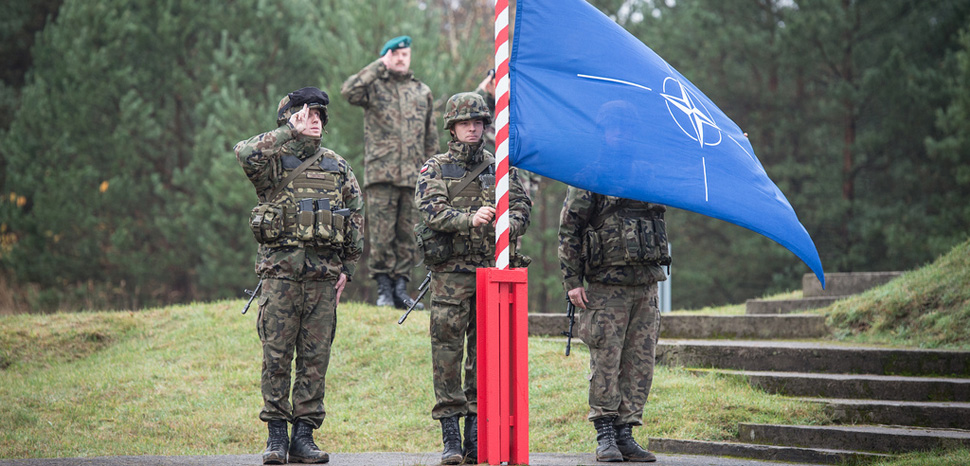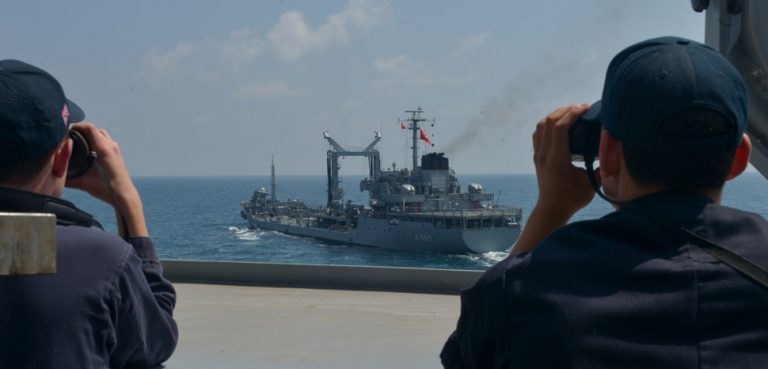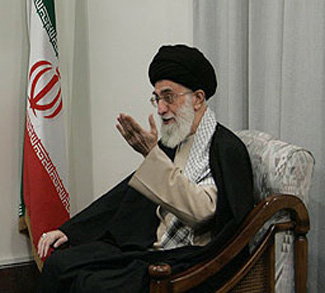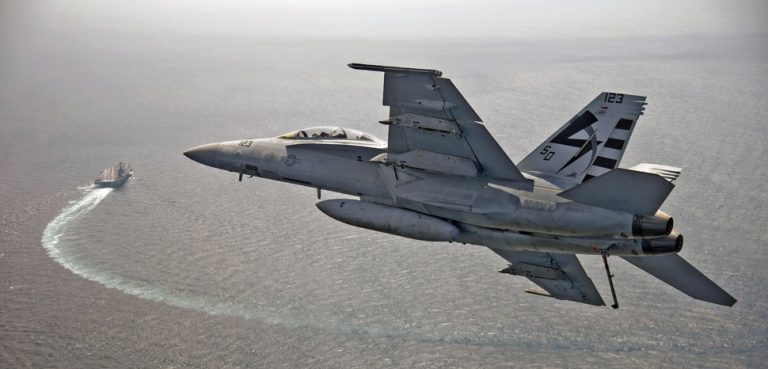Summary
Following the collapse of the Soviet Bloc, NATO experienced a period of uncertainty during which its role and its very existence were put under scrutiny. Yet the Alliance survived and even expanded to the east by admitting states that once belonged to the Warsaw Pact or the Soviet Union itself. The latter is the case of the three so-called Baltic Republics (Lithuania, Latvia and Estonia). They are full members of the Organization since 2004, something that continues to generate deep concern in Moscow’s foreign policy circles.
Today, amid heightened tensions with Russia, NATO seems to have come back to its Cold War-era mission of protecting Europe from a hypothetical attack from the East. This puts the Baltic states at the forefront of defense calculations, but also raises a major strategic dilemma for the Alliance: Defending the three countries from a Russian invasion would mean risking a war with Moscow, but not doing so would undermine NATO’s (and therefore America’s) credibility as a collective security provider. So, some legitimate questions arise: Are the Baltic Republics a strategic asset or a burden? And: Was it sound policy to admit them into the Alliance in the first place?




